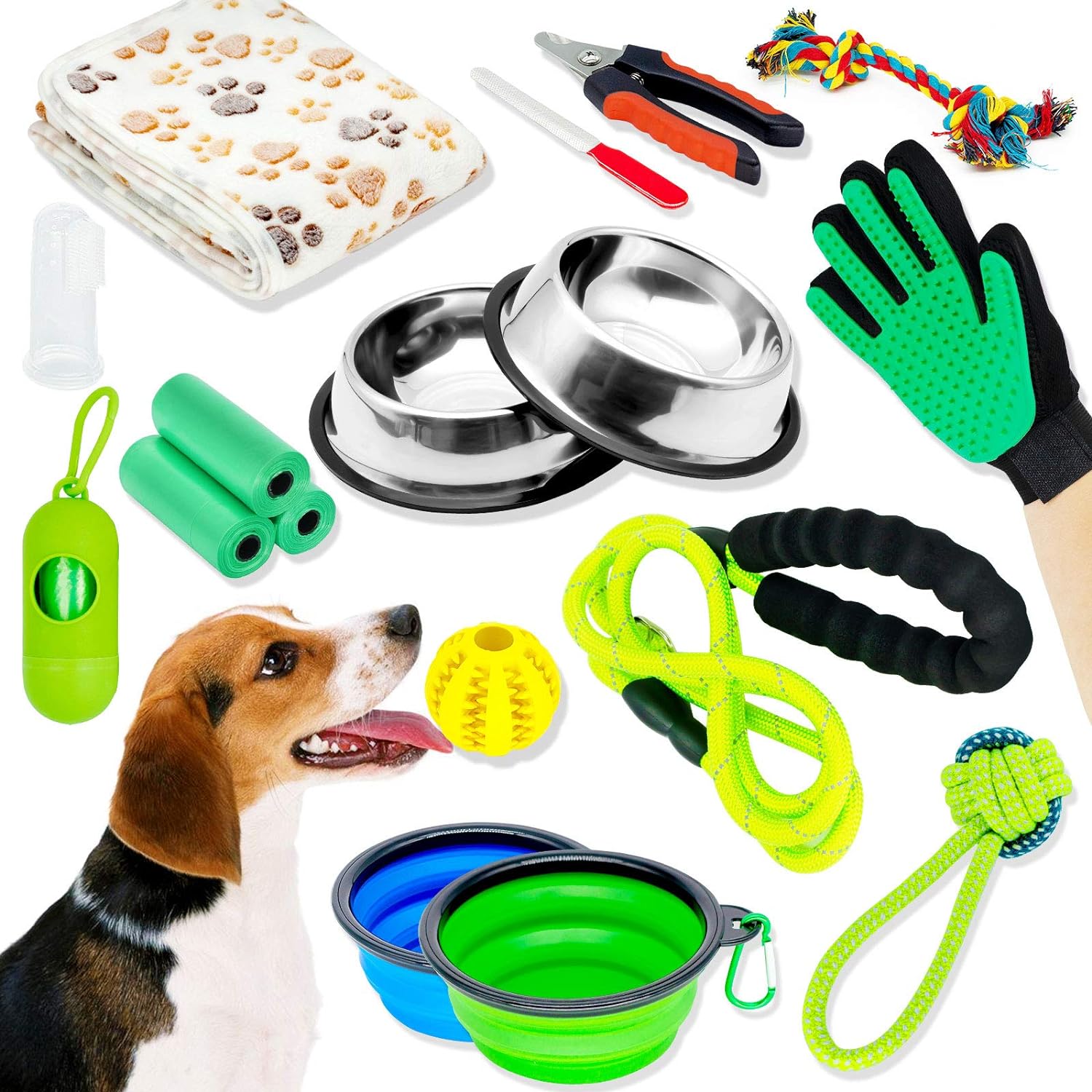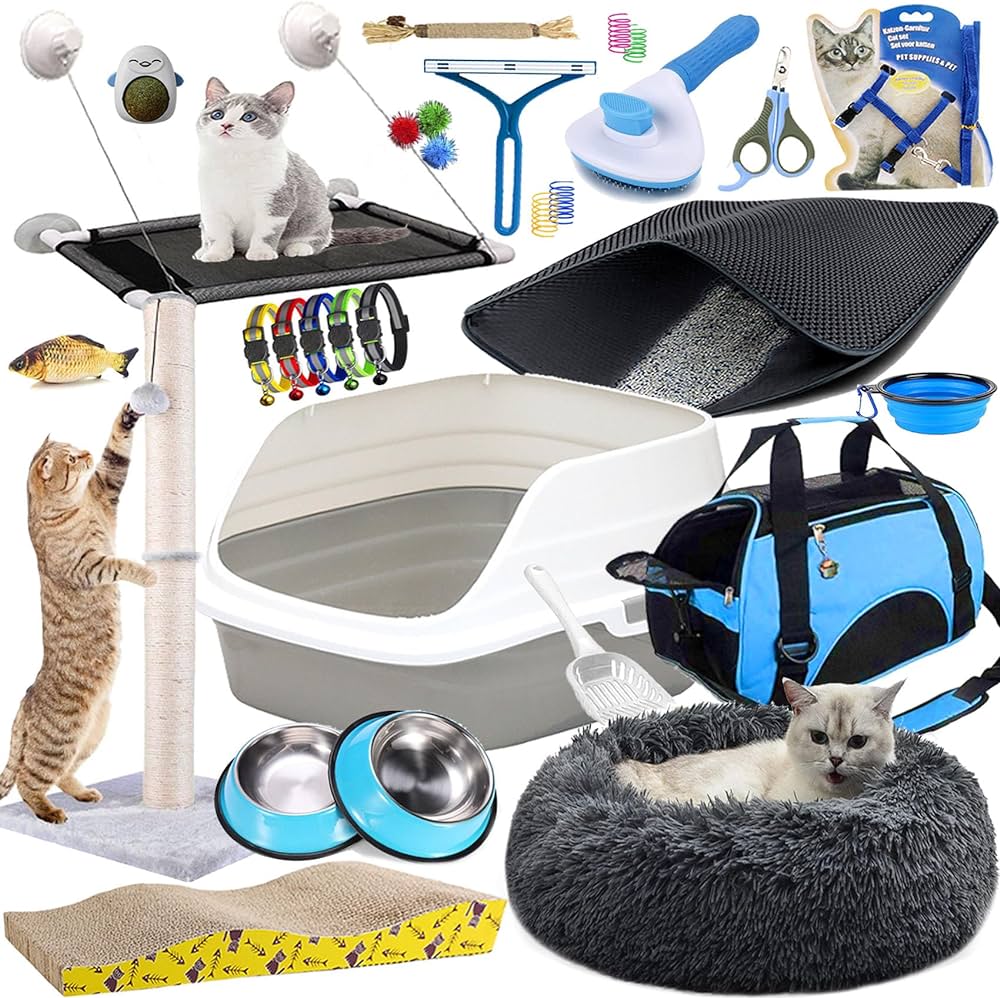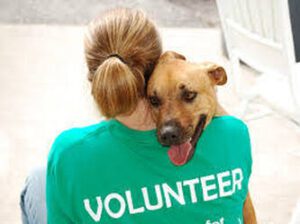Key Takeaways
Welcome your new pet into a prepared and safe home with essential supplies.
Understand the unique needs of kittens and puppies for proper care and nutrition.
Establish a solid foundation with early training and socialization for behavior management.
Stay on top of health and wellness with regular vet visits and preventive care.
Consider the costs and ethical implications of adoption to ensure a responsible start to pet parenthood.
Welcome to the World of Pet Parenting
Adopting a new pet is like adding a burst of joy and energy into your life. Whether you’re bringing home a playful kitten or a bounding puppy, the excitement is palpable. But remember, with great cuteness comes great responsibility. You’re about to embark on a journey that’s both rewarding and demanding.
Most importantly, you’re not just getting a pet; you’re gaining a family member. That’s why it’s crucial to start off on the right paw. Let’s dive into making your new furry friend feel at home.
Embracing the Responsibility
Adopting a pet is a long-term commitment. You’re promising to care for your new companion through thick and thin, which means considering their needs in every aspect of your life. From daily routines to unexpected emergencies, your pet depends on you.
Therefore, think about the following:
Do you have enough time to dedicate to your pet’s care and companionship?
Can you provide a stable and loving environment?
Are you prepared for the financial commitment of pet ownership?
Answering these questions honestly will ensure you’re ready for the joys and challenges ahead.
Setting the Tone for a Happy Home
A happy pet is a well-adjusted pet. Your attitude and approach to pet parenting set the tone for your pet’s behavior and well-being. Approach each day with patience, understanding, and a dash of humor. Pets, much like us, thrive in a positive atmosphere.
First Things First: Preparing Your Home
Designate areas for eating, sleeping, and playing.
Remove or secure any hazards like toxic plants or loose wires.
Stock up on necessary supplies like food, bedding, and toys.
Before your new pet sets a paw inside, make sure your home is a haven, not a hazard.
Creating a Safe Environment
Your home is your pet’s world. It’s where they’ll play, rest, and explore. To make it a sanctuary, pet-proof your space. Secure loose wires, put away small items that could be swallowed, and ensure harmful substances are out of reach.
By doing this, you’re not just avoiding accidents; you’re building trust. Your pet will learn that home is a place of safety and comfort.

“Comprehensive 16Pcs Puppy Starter Kit …” from www.ubuy.com.ps and used with no modifications.
Gathering Essential Supplies
Equip yourself with the basics before your pet arrives. Here’s a quick checklist:
A comfortable bed for snoozing
Food and water bowls for nourishment
Toys for exercise and entertainment
A collar with ID tags for safety
A crate or carrier for secure travel
These items don’t just meet physical needs; they provide a sense of belonging and routine for your new pet.
Kitten Care Commandments
Kittens are curious creatures with specific needs to ensure they grow into healthy, happy cats. Pay attention to their diet, health, and environment to nurture their development.

“Lobeve Kitten Supplies Starter Kit …” from www.amazon.com and used with no modifications.
Understanding Your Kitten’s Needs
Kittens require a lot of sleep, a nutrient-rich diet, and plenty of playtime. They’re also learning about the world around them, so safe, stimulating surroundings are a must. Establish a routine early on to help your kitten feel secure.
For example, a shallow litter tray with low sides makes it easy for your kitten to learn where to do their business. It’s these small adjustments that can make a big difference in your kitten’s comfort and your life together.
Remember, a kitten’s needs will change as they grow, so stay informed and adaptable.
Feeding: Nutrition for Growth and Health
Kittens grow rapidly, and their food should support that growth. Look for high-quality kitten food that lists meat as the first ingredient. It’s packed with the protein they need to build strong muscles and bones.
Also, keep fresh water available at all times. Hydration is key to your kitten’s health, just as it is for us.
Healthcare Basics: Vaccinations and Check-ups
Protect your kitten from common diseases with a schedule of vaccinations. Your vet can guide you on the right timing and necessary shots. Regular check-ups are also crucial for monitoring growth and catching any health issues early.
Remember, a healthy pet is a happy pet. A complete nose-to-tail wellness check-up within the first few weeks at home sets the foundation for a lifetime of good health.
Staying on top of these health basics will help ensure your kitten grows into a robust and lively cat.
Puppy Parenting Principles
Puppies are a bundle of energy and joy, but they require guidance and patience. As a new puppy parent, you’ll need to focus on training, nutrition, and health to ensure your pup grows up to be a well-adjusted dog.
Essential Puppy Training Tips
Training starts the moment your puppy enters your home. Consistency is key. Establish a routine for eating, sleeping, and going potty. Use positive reinforcement to reward good behavior—treats, praise, and playtime are all effective.
Also, set clear boundaries. If you don’t want your puppy on the furniture, be consistent with this rule from day one. Puppies learn quickly, but they need guidance to understand what’s expected of them.
Choosing the Right Food for Your Puppy
Selecting the right food for your puppy is vital for their development. Puppies need more protein, fat, and calories than adult dogs to support their growth. Look for puppy-specific formulas and consult with your vet to determine the best diet for your breed of dog.
And don’t forget, clean, fresh water should be available at all times for your growing pup.
Maintaining Your Puppy’s Health
Regular vet visits are essential for keeping your puppy healthy. Vaccinations, flea and tick prevention, and routine check-ups are all part of responsible pet ownership. Also, be sure to discuss the best time to spay or neuter your puppy with your veterinarian.
Most importantly, establishing a relationship with a trusted vet early on ensures you have a partner in your puppy’s health care journey.
Behavior and Training: Forming Good Habits
Good behavior doesn’t happen by accident. It’s the result of consistent, patient training and clear communication. Teach your puppy basic commands like ‘sit’, ‘stay’, ‘come’, and ‘down’ to build a foundation for more advanced training later on.
Housebreaking Your New Pet
Housebreaking is often the first major challenge for new puppy owners. Be patient and consistent. Take your puppy out first thing in the morning, after meals, and before bedtime. Praise them when they go potty outside, and clean up accidents indoors without punishment.
Obedience Training: The Basics
Start obedience training with simple commands. Use a firm, but gentle tone. Reward your puppy immediately after they follow a command to reinforce the behavior. If you’re struggling, consider enrolling in a puppy training class for expert guidance.
Socialization and Play: Building Bonds
Socialization is critical for puppies. It helps them become well-adjusted adults. Expose your puppy to different people, pets, and environments. But remember, do this gradually and ensure all experiences are positive.
The Importance of Socializing Your Pet
Socialized dogs are typically less anxious and more confident. Introduce your puppy to new experiences slowly and watch for signs of stress. Socialization isn’t just about meeting new people and dogs; it’s also about exposure to different situations like loud noises or riding in a car.
Interactive Playtime and Enrichment Activities
Engage your puppy with toys that stimulate their mind and body.
Play games like fetch and tug-of-war to teach them about interaction and boundaries.
Use puzzle feeders to make mealtime fun and rewarding.
Play is a powerful tool for bonding and teaching. It’s also a great way to burn off some of that puppy energy!
Health and Wellness: Regular Care for Longevity
Health and wellness go beyond the vet clinic. Daily care at home is just as important for your pet’s long-term well-being. Create a routine that includes exercise, dental care, and grooming.
Preventative Health Measures
Preventative care is essential to avoid health issues down the line. This includes regular vaccinations, heartworm prevention, and flea and tick treatments. A healthy diet and plenty of exercise also play a crucial role in your puppy’s overall health.
Understanding Pet Insurance Options
Pet insurance can help manage veterinary costs, especially in the case of accidents or illnesses. Compare different plans and choose one that fits your needs and budget. It’s a safety net that can provide peace of mind.
Grooming and Hygiene: Keeping Your Pet Pristine
Regular grooming isn’t just about keeping your puppy looking good—it’s about keeping them healthy. Brushing your puppy helps to remove loose fur and dirt, and it’s an opportunity to check for any skin issues or parasites.
Daily Grooming Routines
Establish a daily grooming routine that includes brushing, teeth cleaning, and ear checks. This not only keeps your puppy clean but also gets them used to being handled, which can make vet visits less stressful.
Spotting Health Issues Early Through Grooming
While grooming, be on the lookout for any signs of health issues, such as lumps, bumps, or sore spots. Early detection is key to successful treatment, so don’t hesitate to contact your vet if you notice anything unusual.
Budgeting for Your New Family Member
As you welcome your new puppy or kitten, it’s essential to understand that this is the beginning of a journey filled with both love and expenses. Planning your finances for this new addition is as crucial as choosing the right pet.
It usually costs $5-$20 to purchase a domain, $50-$200 per year for hosting, and $100-$500 for brand design. Translating this to pet care, you’ll encounter initial costs like adoption fees, which can range from $50 to $300, and initial medical expenses such as vaccinations and spaying/neutering, which can add up to a few hundred dollars. Don’t forget the one-time purchases of supplies like beds, crates, toys, and grooming tools. Planning for these expenses will help you provide the best care for your new furry friend.
Initial Costs of Pet Ownership
The initial costs of pet ownership can be significant, but they’re a necessary investment into your pet’s well-being. You’ll need to purchase essentials like a collar, leash, food, and water dishes, which can range from $10 to $50 each. A good quality bed can cost between $20 and $100, while a crate might set you back $30 to $250, depending on the size and quality.
Planning for Ongoing Expenses
After the initial setup, you’ll have ongoing costs to consider. Monthly expenses will include high-quality food, which can cost $20-$60, and routine veterinary care, such as check-ups and flea, tick, and heartworm prevention, which can add up to $20-$40 per month. Budgeting for these will ensure your pet stays healthy and happy without causing you financial stress.
Adoption Ethics and Considerations
Adopting a pet is not just a personal joy but a societal responsibility. The way you choose to adopt can have far-reaching implications for animal welfare.
Choosing a Responsible Source for Adoption
When you’re ready to adopt, look for reputable shelters or rescue organizations. These places often provide initial veterinary care and spay/neuter services before adoption. By choosing these sources, you’re helping to combat the problem of pet overpopulation and giving a home to an animal in need.
The Impact of Where You Adopt: Shelter vs Rescue Organization
The choice between adopting from a shelter or a rescue organization can be tough. Shelters are often run by local governments and can have a wide variety of animals, while rescue organizations often focus on specific breeds. Both are excellent choices, but it’s important to support organizations that prioritize the health and well-being of their animals.
Adopting from a responsible source means you’re part of the solution, not the problem. It’s a choice that can save lives and contribute to the welfare of animals everywhere.
Frequently Asked Questions (FAQ)
What Are the First Steps After Bringing Home a New Pet?
How Do I Choose the Right Food for My New Pet?
What Are Some Essential Puppy Training Tips?
How Often Should I Take My Pet to the Vet?
Are There Affordable Pet Care Options for New Owners?
As a new pet owner, you might have a lot of questions. Let’s tackle some of the most common ones to give you a head start on this wonderful journey.
What Are the First Steps After Bringing Home a New Pet?
When you bring your new pet home, start by giving them a tour of their new environment. Show them where their food and water dishes are, where they will sleep, and where they should go potty. Spend time bonding with your pet, and start establishing a routine to help them adjust.
How Do I Choose the Right Food for My New Pet?
Choosing the right food is crucial for your pet’s health. For puppies, look for food labeled ‘complete and balanced’ for their life stage. Kittens need food rich in protein and fat. Always consult your vet for recommendations tailored to your pet’s specific needs and dietary requirements.
What Are Some Essential Puppy Training Tips?
Start with basic commands like ‘sit’, ‘stay’, and ‘come’. Use positive reinforcement with treats and praise. Establish a routine for potty breaks, meals, and playtime. Consistency is key to successful puppy training.
How Often Should I Take My Pet to the Vet?
Regular veterinary visits are vital for your pet’s health. Puppies and kittens should visit the vet several times during their first year for vaccines and check-ups. After that, annual wellness exams are recommended, or more frequently for senior pets or those with health issues. For new pet owners, understanding what you need for a new puppy can help you prepare for these important vet visits.
Are There Affordable Pet Care Options for New Owners?
Yes, there are ways to make pet care more affordable. Look for clinics offering low-cost vaccinations, spaying/neutering services, and preventive care. Some shelters and rescues may also provide post-adoption support. Additionally, pet insurance can help cover unexpected medical expenses.


